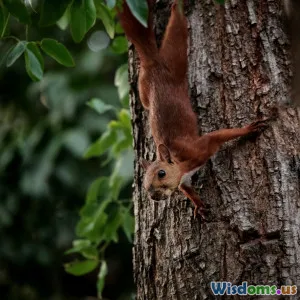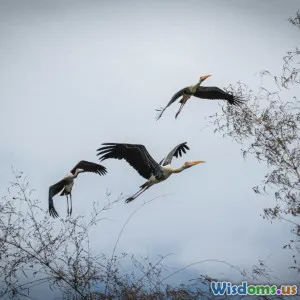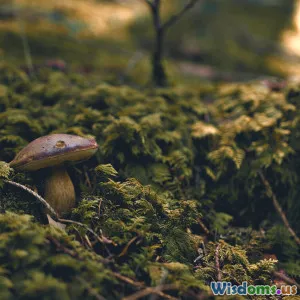
Raptors Versus Songbirds Which Species Shapes Forests Most
13 min read Explore how raptors and songbirds each play a crucial role in shaping forest ecosystems across the globe. (0 Reviews)
Raptors Versus Songbirds: Which Species Shapes Forests Most?
Forests are dynamic habitats, teeming with intricate food webs and surprising agents of change. While the silent wingbeats of raptors and the melodious flocks of songbirds might seem like different notes in nature’s orchestra, each has a profound—yet distinct—impact on forest health and character. But which group shapes our forests most: the fearsome raptor or the ever-present songbird?
This question isn’t just academic. Understanding these roles helps us manage, conserve, and rebuild woodlands more effectively in a changing world. Let’s delve into the evidence, stories, and science illuminating each bird group's influence, from cascading effects on plant life to reshaping entire ecosystems.
Raptors: Apex Predators With Subtle Power
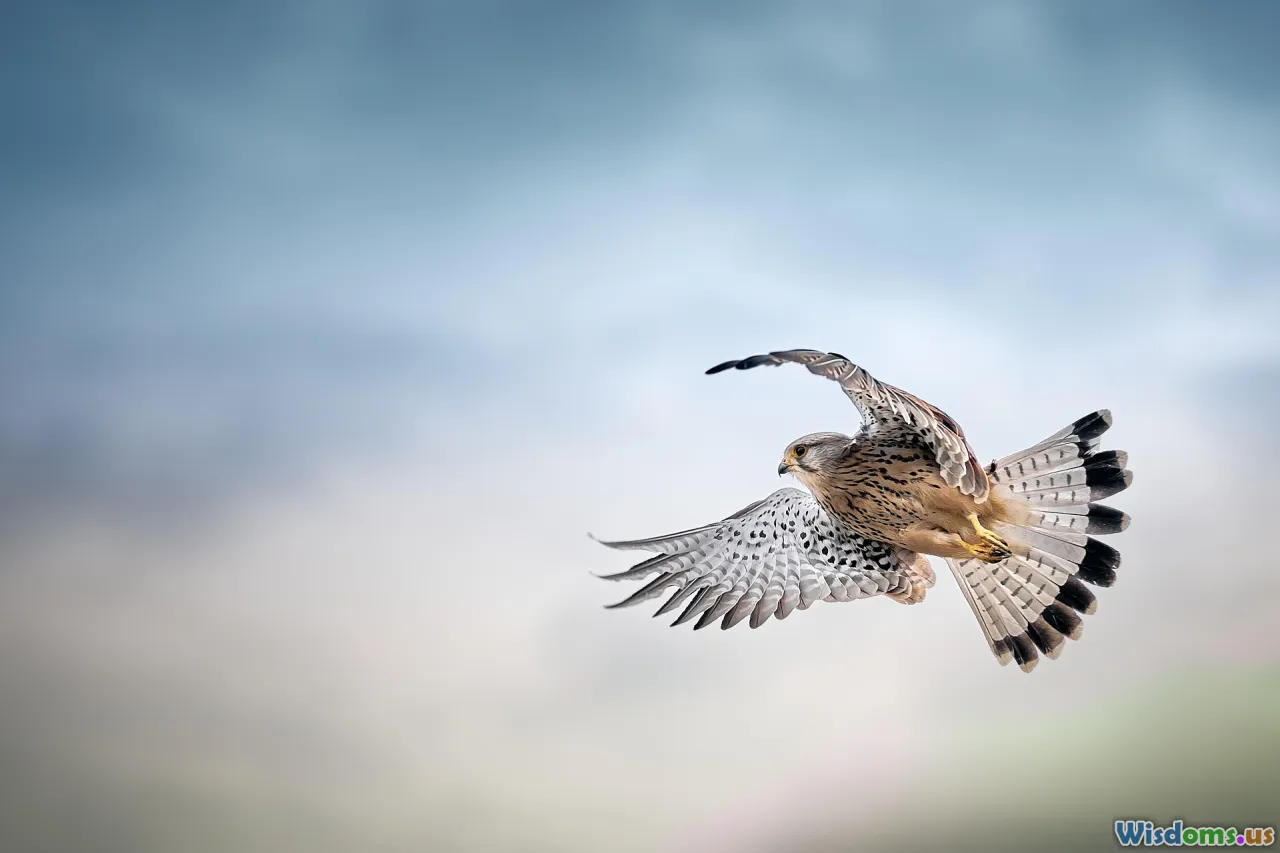
When you spot a hawk gliding above the tree line or hear the distant screech of an owl at dusk, you're witnessing nature's top aerial predators in action. Raptors—such as hawks, eagles, falcons, and owls—command respect in the forest hierarchy. They hunt everything from rodents and small mammals to other birds, creating ripple effects that reach far down the ecological ladder.
Trophic Cascades and Rodent Regulation
In many temperate forests, rodents and lagomorphs—mice, voles, squirrels, rabbits—can be incredibly destructive. If left unchecked, these animals devour seeds, saplings, and tree bark, hampering regeneration and shifting plant community compositions. For instance, research from the Smithsonian Migratory Bird Center has shown that forests with abundant raptor populations experience 3-6 times fewer rodent outbreaks than those deprived of these predators (source).
This effect—where predators indirectly influence plant communities by controlling the herbivore population—is known as a “trophic cascade.” A classic example comes from Poland’s Białowieża Forest, where removing owls and goshawks allowed rodent numbers to explode, reducing tree seedling survival rates by nearly half.
Protectors of Tree Health and Diversity
Raptors’ regulation of small mammal populations helps maintain voluminous, diverse undergrowth. When songbirds nest near hawk perches, they experience lower nest predation from mammals, a phenomenon called the “protective umbrella” effect. Thus, raptors don’t just limit damage—they indirectly foster a greater diversity of plants and other birds.
Case Study: Northern Goshawks and Forest Structure
In the Pacific Northwest, the northern goshawk is both a keystone and indicator species. Logging that reduces their prey base disrupts regeneration and alters the forest's vertical structure. Restoration programs have shown that reintroducing (or protecting existing) goshawk populations fosters thicker shrub understories and faster seedling growth, partly due to their control of herbivorous mammals.
Songbirds: Agents of Pest Control and Plant Propagation
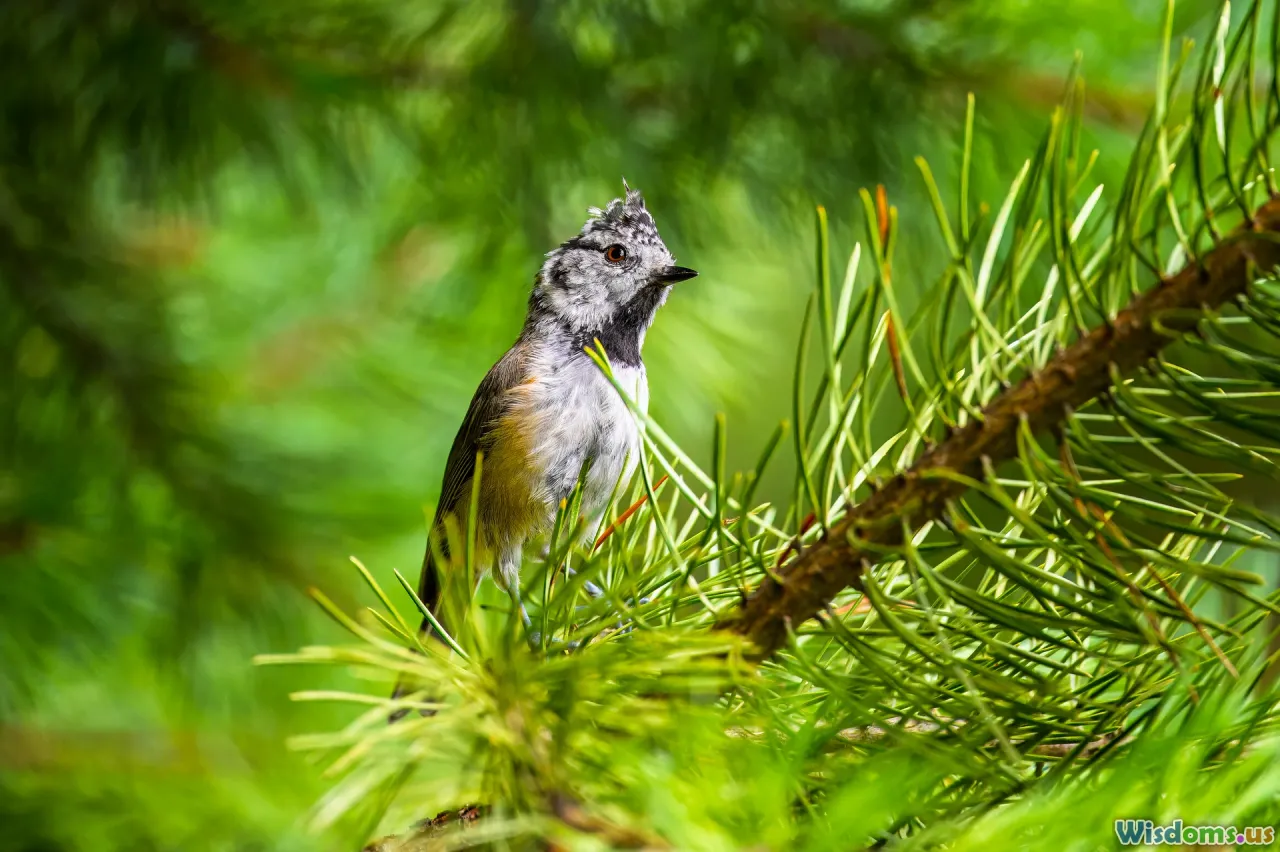
Step into a sun-dappled glade and it’s impossible to ignore the flitting shadows and cheerful calls of songbirds. Far more numerous than raptors, these birds weave among branches, eating insects, fruits, and seeds. Their influence is as pervasive as it is crucial.
Insectivory: Nature’s Pest Management
Thousands of songbird species—warblers, thrushes, flycatchers, chickadees—specialize in devouring insects and arthropods. In fact, a 2021 meta-analysis published in "Science" concluded that insectivorous songbirds annually consume an estimated 400 to 500 million metric tons of insects worldwide.
One forest-level impact is the control of outbreak-prone pest species, such as gypsy moths, spruce budworms, and leaf miners. In New England's maple forests, removal of songbirds from experimental plots led to 65% more leaf damage from caterpillars and beetles within weeks. Swarms of pests can defoliate trees, reduce their carbon intake, and, over successive years, leave entire stands vulnerable to disease and dieback.
Seed Dispersal and Plant Regeneration
Many songbird species are frugivorous, consuming berries and fleshy fruits and passing seeds across distances in their droppings. Cedar waxwings, thrushes, and tanagers are all credited with regenerating degraded forests or pioneering new growth following disturbances like fire or logging.
For example, in the eastern US, the return of thrush populations to areas recovering from clear-cutting has nearly doubled seedling sprouting rates of native trees within just a decade. This aids not only with diversity but wholly shifts successional trajectories, influencing which trees dominate the canopy in years to come.
Habitat Engineering Through Nesting
Songbirds’ construction of intricate nests—even those that only last a season—modifies microhabitats. Abandoned nests become safe havens for insects and amphibians, adding new shelter opportunities at every layer of the woodland.
Head-to-Head: Raptors Versus Songbirds—A Comparative Impact
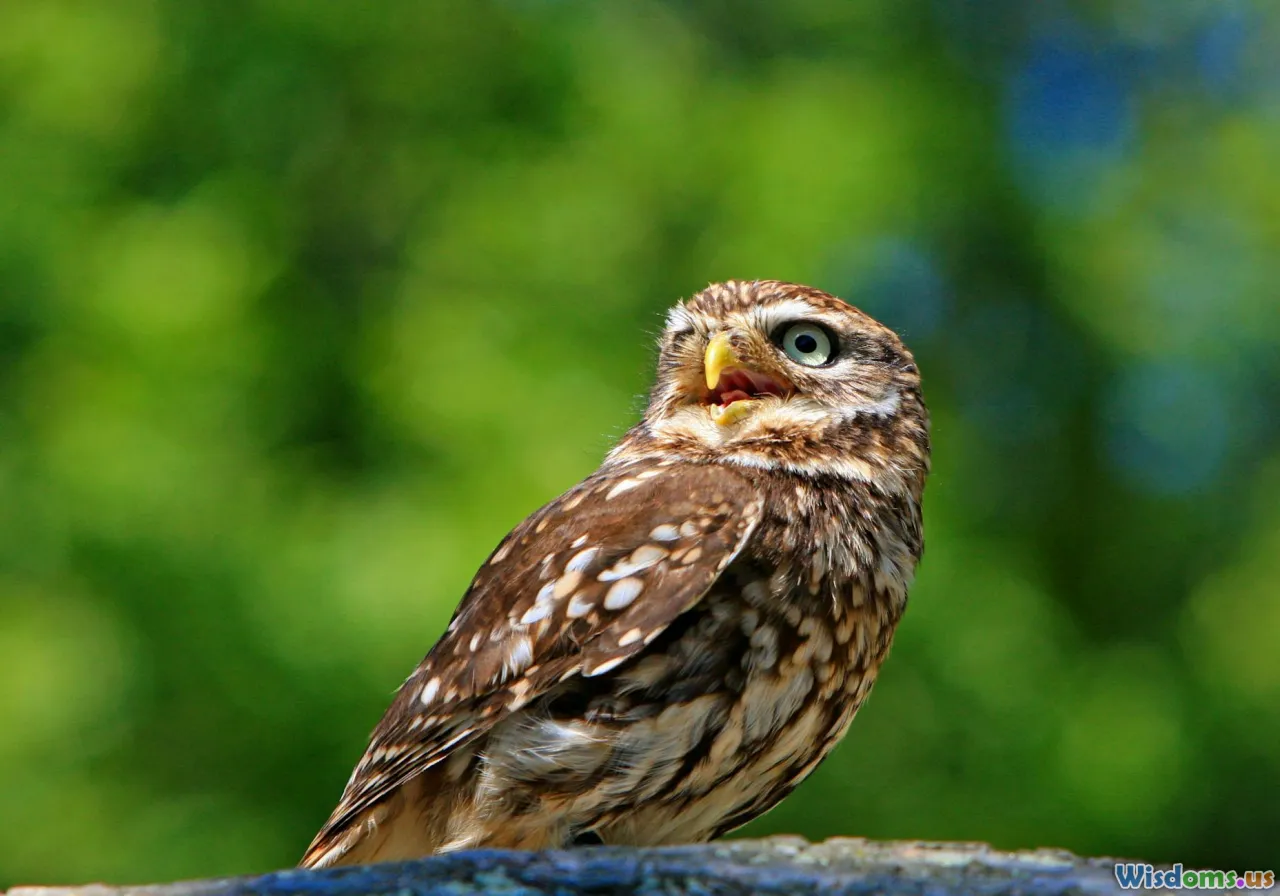
Both raptors and songbirds shape forests, but their effects diverge in scale and mechanism. How do these compare?
Population Size and Frequency
- Raptors are few—often less than one breeding pair per square kilometer. Songbirds, conversely, can reach densities of 20-200 pairs in the same area.
- Songbirds' sheer numbers amplify their aggregate impact, making everyday contributions to pest control and plant dispersal.
Trophic Level Role
- Raptors act at the very top of the food chain, their actions cascading dramatically but infrequently through forest systems.
- Songbirds form multiple links: pest controllers, seeders, and even, at times, prey for raptors.
Resilience and Buffering
- A forest losing its raptors might initially see surges in herbivores with subsequent long-term plant diversity loss—a slow but severe unraveling.
- The absence of songbirds can rapidly accelerate insect outbreaks and stall plant regeneration, with visible damage within a single growing season.
Integrative Perspectives
Ecologists often say, "Structure comes from the top, but function from the middle." Raptors enforce general stability and diversity by managing population booms and busts among mammals—foundational disturbances that set the stage for the intricate work of songbirds. Once basic order is sustained, it’s songbirds that maintain day-to-day health and receptivity within the ecosystem.
The Human Factor: How Management Practices Tip the Balance
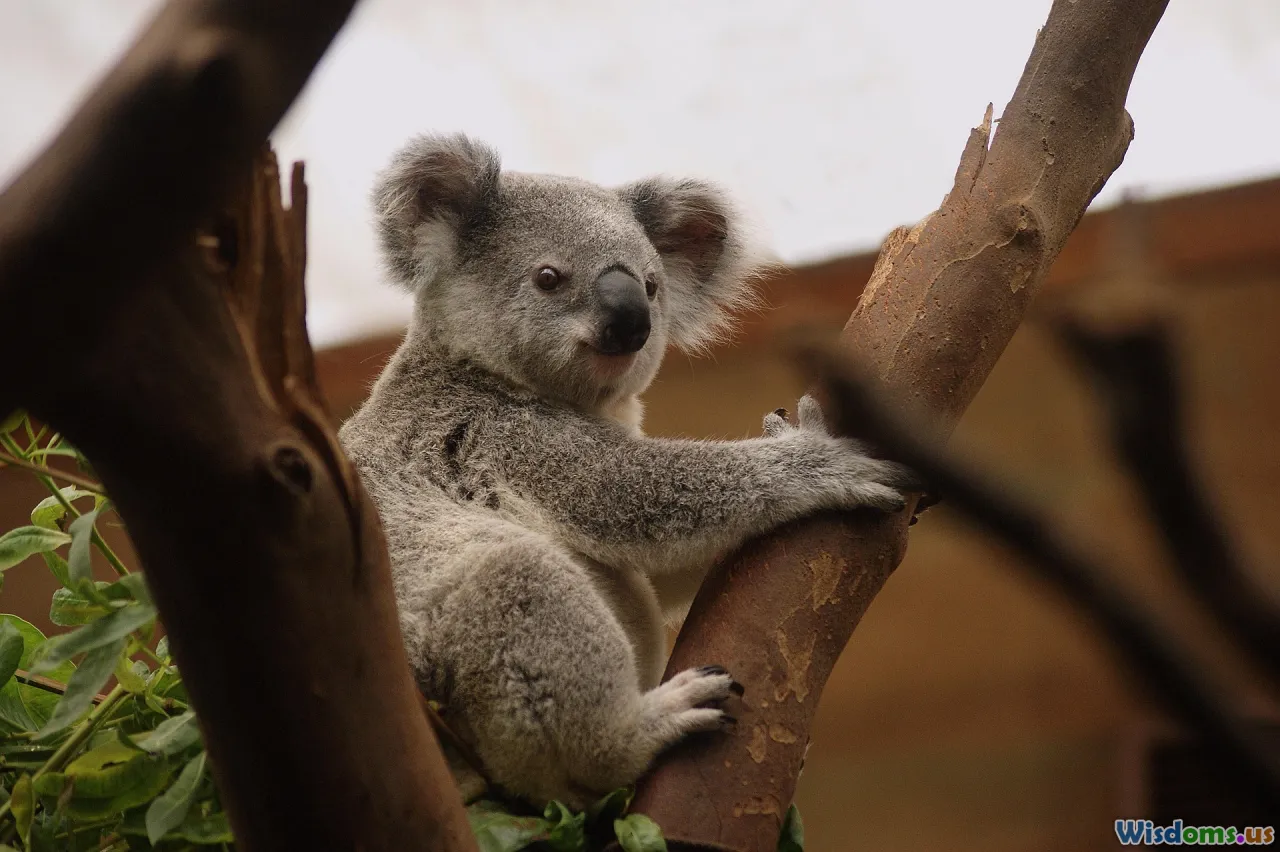
Forestry and landscape management often, inadvertently or not, favor one group over another.
Raptors Under Threat
Forest fragmentation reduces the wide hunting territories required by many hawks and owls. Additionally, rodent poisonings and direct killing still threaten several large raptor species worldwide. When apex avian predators decline, rodent outbreaks and overbrowsing become challenges that complicate forest management.
Songbirds in Peril
On the flip side, intensive logging, pesticides, monoculture plantations, and climate instability strip away the layered foliage songbirds need. Indeed, the North American Bird Conservation Initiative reports a net loss of 2.9 billion songbirds since 1970—one in four birds vanished—mostly due to shrinking forest quality.
The Ideal Compromise
Many progressive management plans now preserve both old forests (for raptors) and clusters of saplings and flowering plants (for songbirds). In Germany’s Black Forest, for instance, rotational thinning has proven effective: raptor numbers recover as older trees regrow, while songbirds benefit from undergrowth spurts after selective cutting.
Citizen Action and Biodiversity Benefits
From installing nest boxes for owls and kestrels to maintaining hedgerows for warblers and robins, community action often bridges the needs of both bird types. Programs like the UK’s Forest & Bird and North America’s Partners in Flight leverage broad public support, yielding real-world rebounds in avian populations and the health of their forest homes.
Lessons From the Field: Case Studies at Landscape Scale
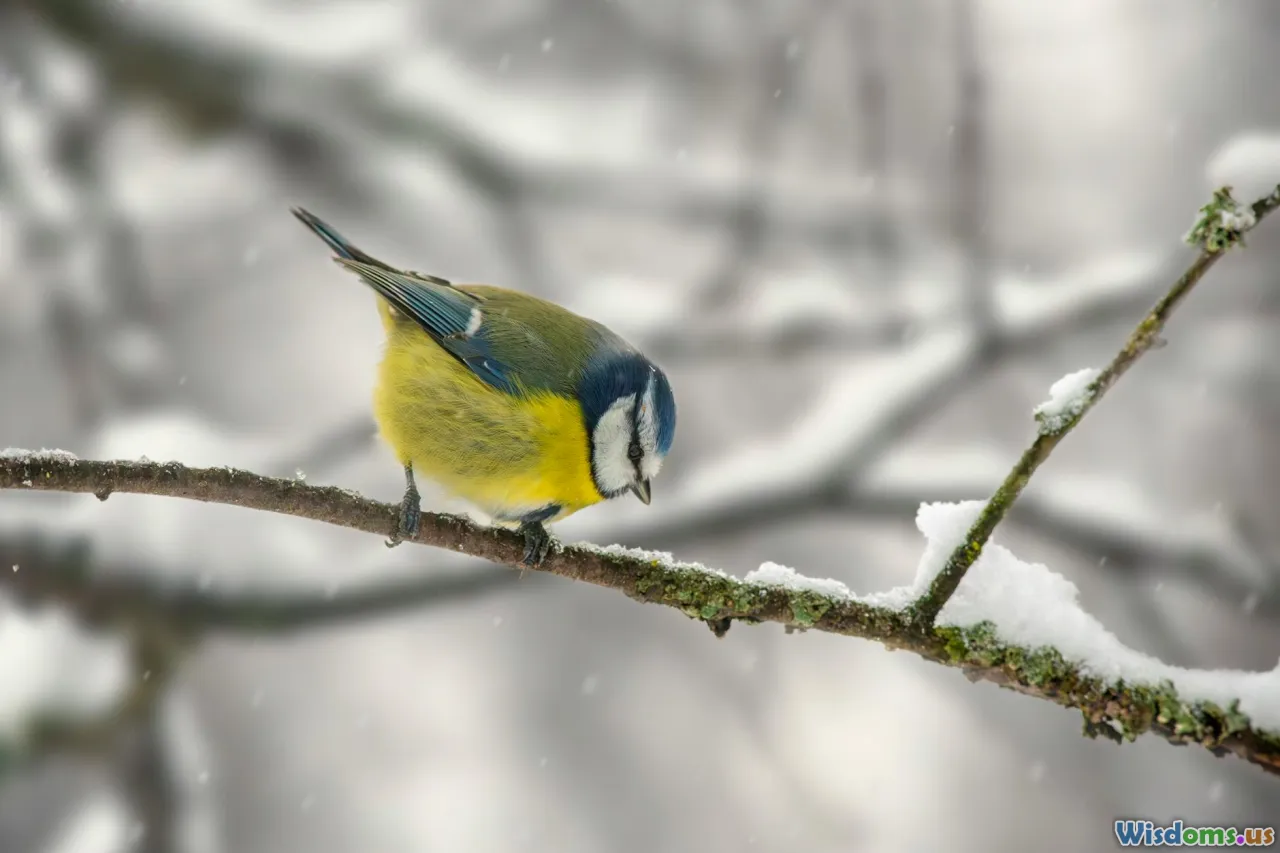
Yellowstone, USA: Wolf and Raptor Return
The famous reintroduction of wolves to Yellowstone saw corresponding increases in raptors, especially as denning pairs of hawks and owls followed new prey avenues. Remarkably, as elk numbers settled, willows and aspens rebounded, creating thicker undergrowth. Songbird abundance—measured by point counts—rose 250% at these sites within 15 years.
Norway’s Boreal Forest: Bird-Driven Biodiversity
When researchers excluded birds from forest enclosures in boreal Norway, sapling survival fell by half due to unchecked caterpillar outbreaks. Areas supporting mixed raptor and songbird populations—helped by protected old-growth patches—saw broadleaf diversity and complex food webs thrive.
Amazon Basin: Seed Dispersal Champions
While raptors play little role here, hundreds of songbird species (like manakins and tanagers) disperse a majority of tree and understory seeds, rebuilding large tracts after storms or slash-and-burn events. In rare cases where avian diversity crashes, regenerating forests quickly become uniform and vulnerable—a lesson for future conservationists worldwide.
Synergy, Not Supremacy: The Path Forward
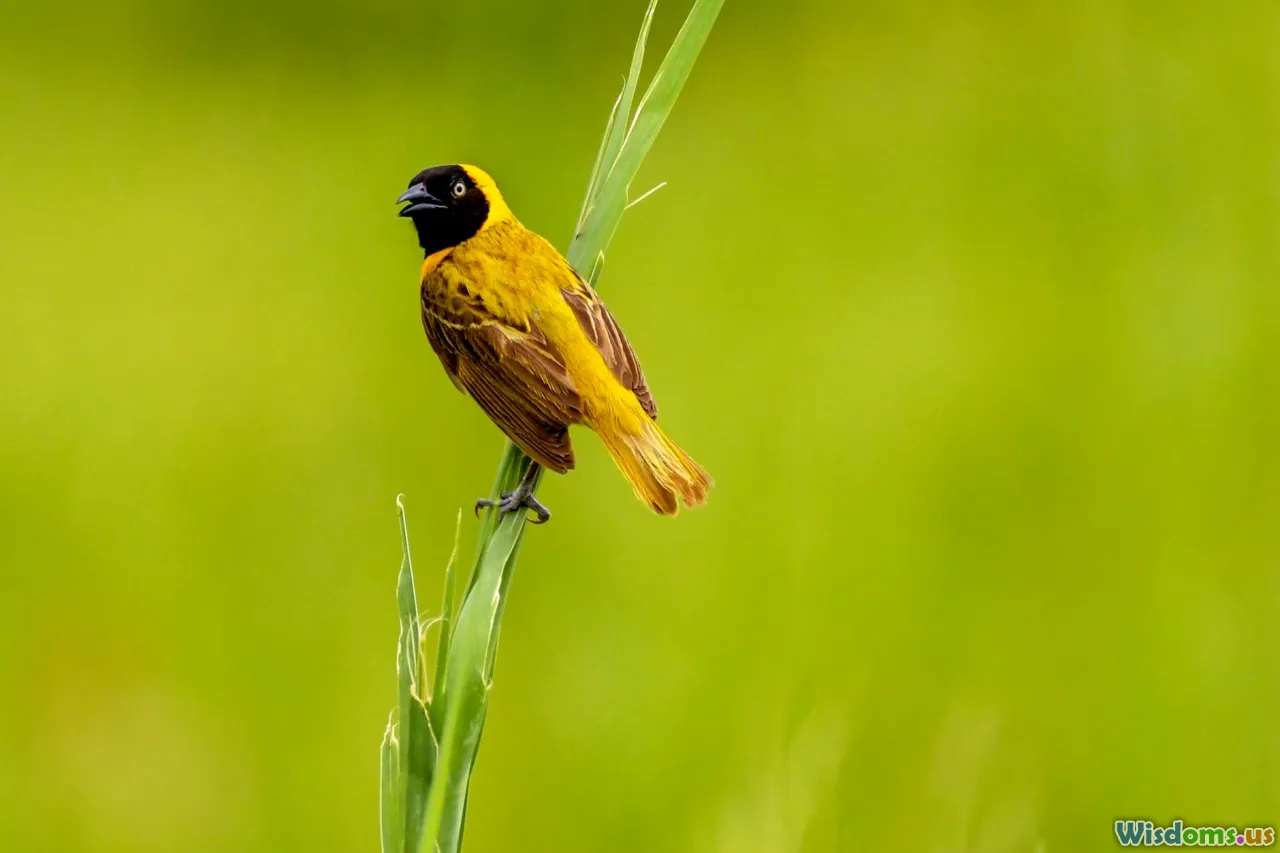
So, which group shapes forests most? The evidence points to a dynamic partnership. Raptors lay the groundwork by keeping destructive populations in check, opening a stable niche for diverse flora. Songbirds then maintain, enrich, and diversify these systems each day—spreading seeds, controlling pests, and engineering habitats.
Focusing conservation on only one group risks unforeseen collapse elsewhere in the web of life. Forests thrive when both apex predators and their smaller, industrious cousins perform their roles in tandem. As climate, land use, and human priorities shift, our appreciation for these differences will help secure not just beautiful, bird-filled woodlands, but functioning landscapes capable of withstanding whatever changes come next.
Browsers in your local park, decisive talons sweeping above ancient trees, and songs at dawn’s first light: all are essential voices in the story of our forests. Cherishing and protecting them both ensures that forests remain not just havens of beauty, but engines of resilience for generations ahead.
Rate the Post
User Reviews
Other posts in Bird Watching & Ornithology
Popular Posts












